Researchers take inspiration from the developing brain to create improved computer algorithms.
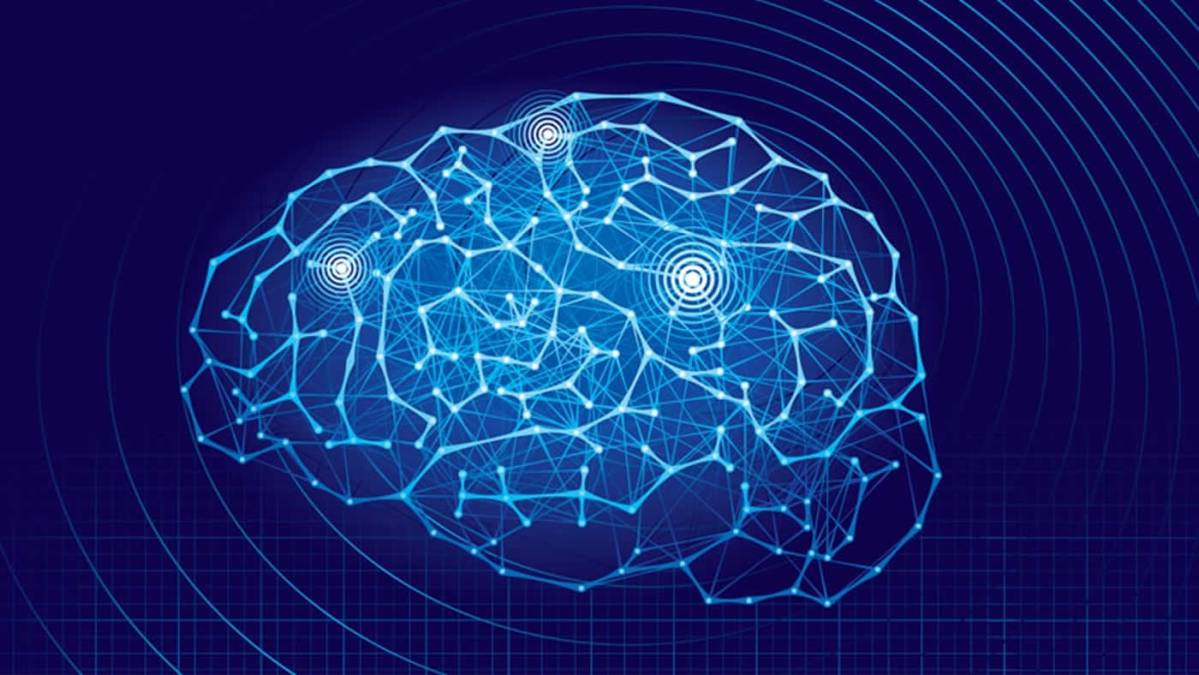

Researchers take inspiration from the developing brain to create improved computer algorithms.
Every 15 seconds, a computer, network, or mobile device is hacked by cyber-terrorists. To combat this problem, Syntek Industries has manufactured data couriers designed from advanced machine robotics. These couriers are known as SYNCS. Syncs are programmed to securely deliver data packages without interruption.
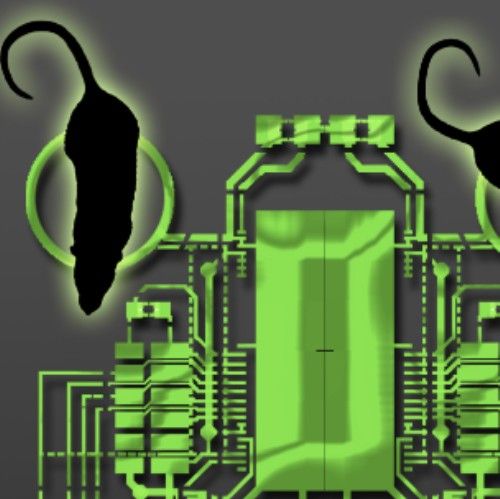
A peek at the early days of the Quantum AI Lab: a partnership between NASA, Google, USRA, and a 512-qubit D-Wave Two quantum computer. Learn more at http://google.com/+QuantumAILab.

Scientists have been experimenting with brain-to-brain interfaces for years. Miguel Nicolelis, a neurobiologist at Duke University Medical Center, has created a “Brainet” or a network of interconnected brains with four rats. With electrodes implanted directly in the cortex rodents exchange information to create an organic computing device. Collectively, they were able to solve computational problems including image processing, storing and recalling information and even predicting precipitation.
Read the full story by Mona Lalwani at Engadget
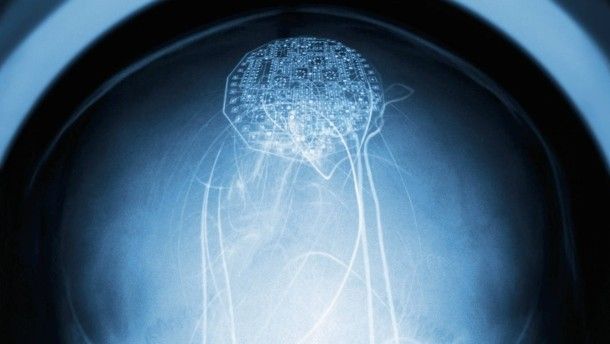
A full Sunday feature on transhumanism (with mentions of Transhumanist Parties) in one of Germany’s largest papers (circulation 400,000): http://www.faz.net/…/transhumanismus-bring-mir-den-kopf-von… and the English: http://translate.google.com/translate…
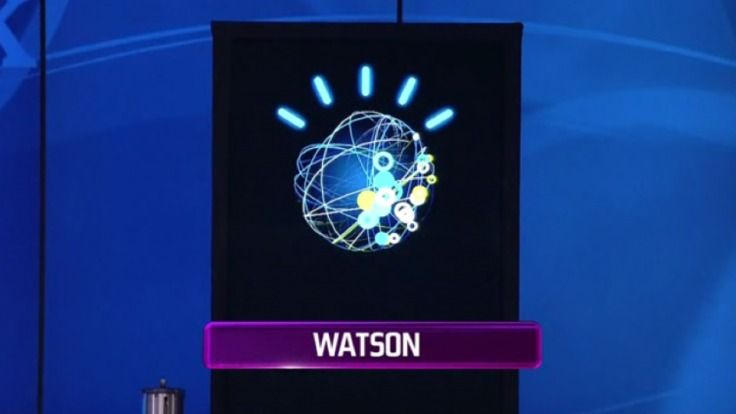
IBM Watson CTO: Quantum computing could advance artificial intelligence by orders of magnitude.
Quantum computers have already been used to test artificial intelligence by researchers in China, albeit in a very limited capacity. Earlier in 2015, a team from the country’s University of Science and Technology developed a quantum system capable of recognising handwritten characters in a demonstration they dubbed quantum artificial intelligence.
This demonstration was on a quantum computer using only four qubits, leading to speculation of what a system using hundreds – or even thousands – of qubits would be capable of. Such machines do not yet exist, at least not commercially, but Canada-based quantum computing firm D-Wave systems recently claimed it has built a 1,000 qubit quantum computer.
According to Seth Lloyd, a professor of mechanical engineering at the Massachusetts Institute of Technology (MIT), a machine of just 300 qubits could be used to “map the whole universe”, processing all the information that has existed since the Big Bang.
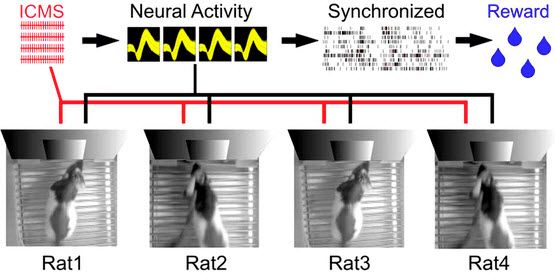
Experimental apparatus scheme for a Brainet computing device. A Brainet of four interconnected brains is shown. The arrows represent the flow of information through the Brainet. Inputs were delivered (red) as simultaneous intracortical microstimulation (ICMS) patterns (via implanted electrodes) to the somatosensory cortex of each rat. Neural activity (black) was then recorded and analyzed in real time. Rats were required to synchronize their neural activity with the other Brainet participants to receive water. (credit: Miguel Pais-Vieira et al./Scientific Reports)

“We lack ‘true agency’ on the Internet. That is to say, all of the data we create online and all of the operations we execute are handled for us by centralized servers, most of which sit in massive data centers operated by corporations and government institutions. We depend on these servers for everything.”
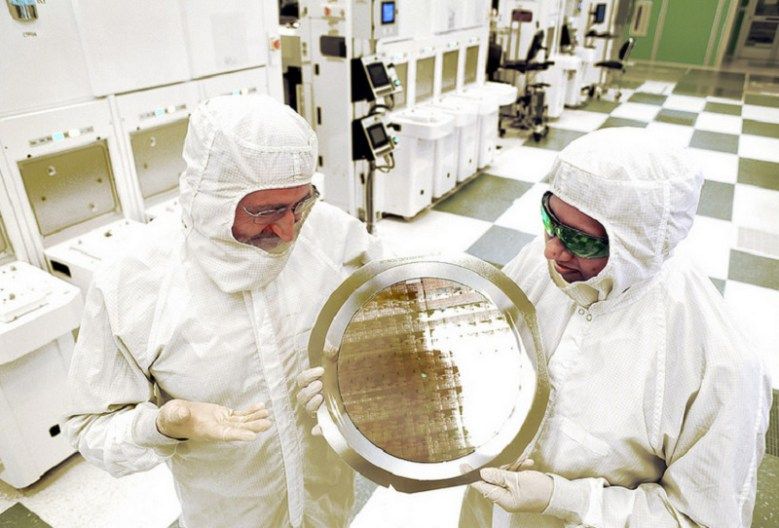
In semiconductor chip research, IBM has been racking up the breakthroughs for decades. And now it says that work is paying off with the creation of the first 7-nanometer chips.
And these chips will ensure that industry progress, summarized as Moore’s Law, will continue for at least another generation. Once the chips proliferate in the market, we’ll see faster, cheaper, and better electronics products out in the marketplace, from faster computers to smarter “Internet of things” devices, or everyday objects that are smart and connected.